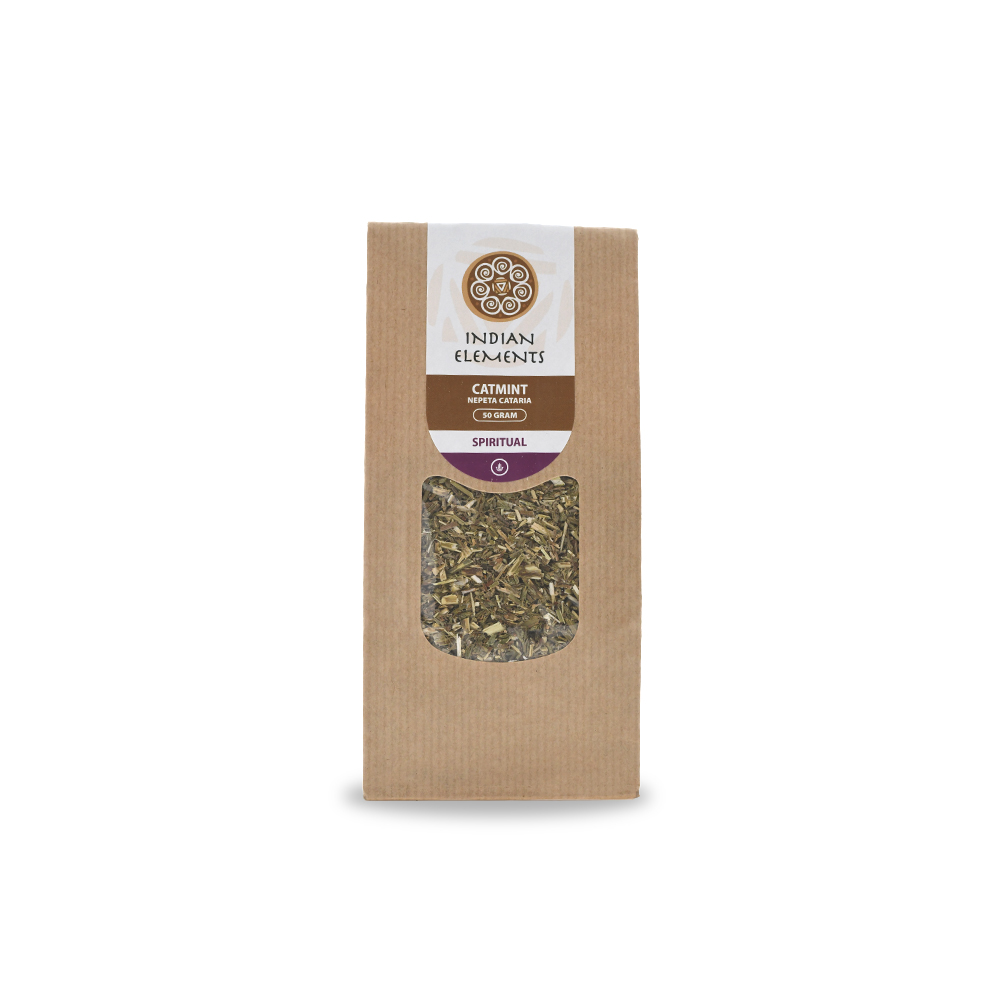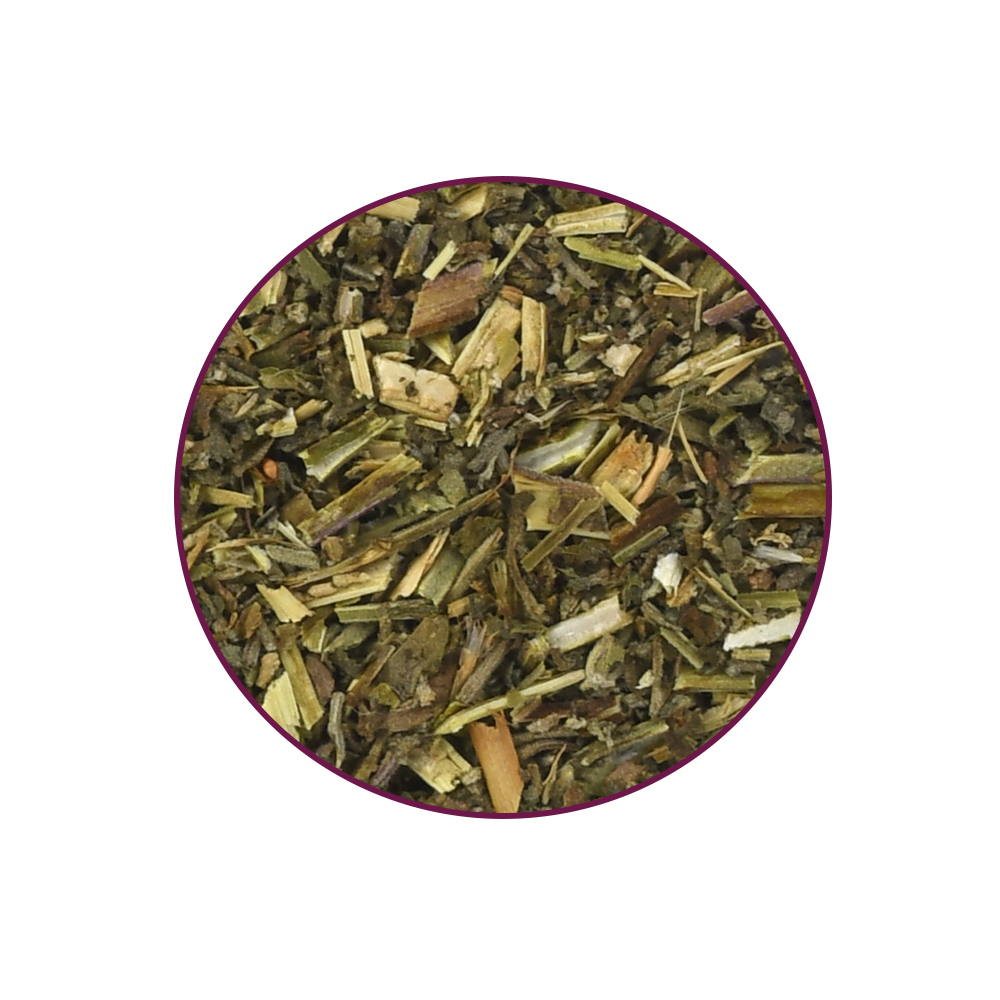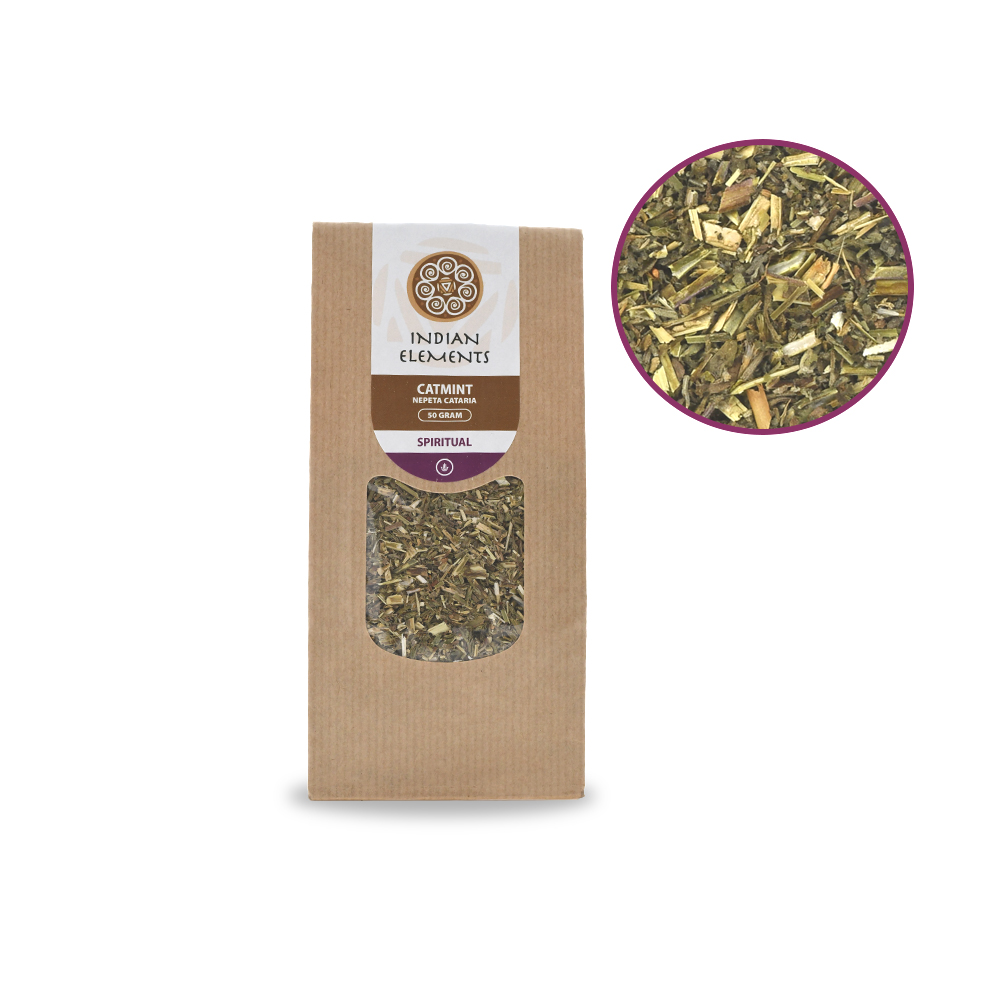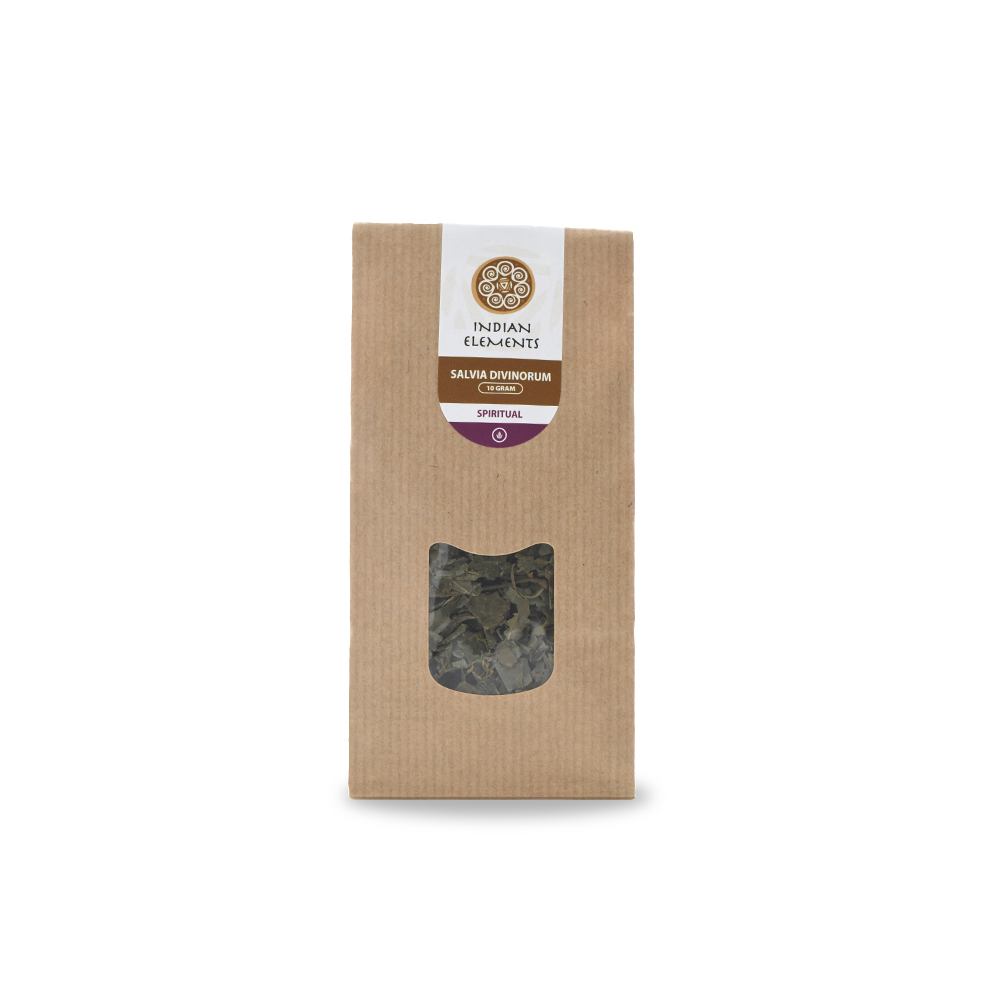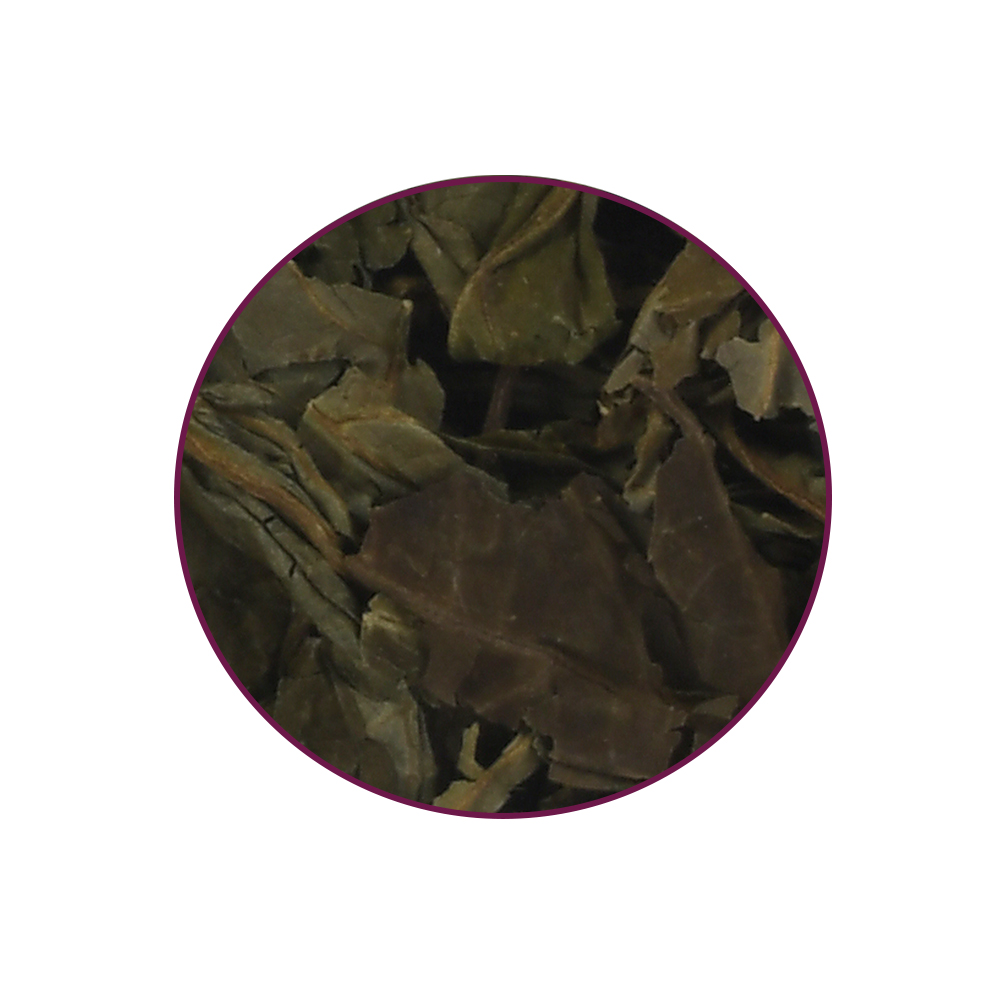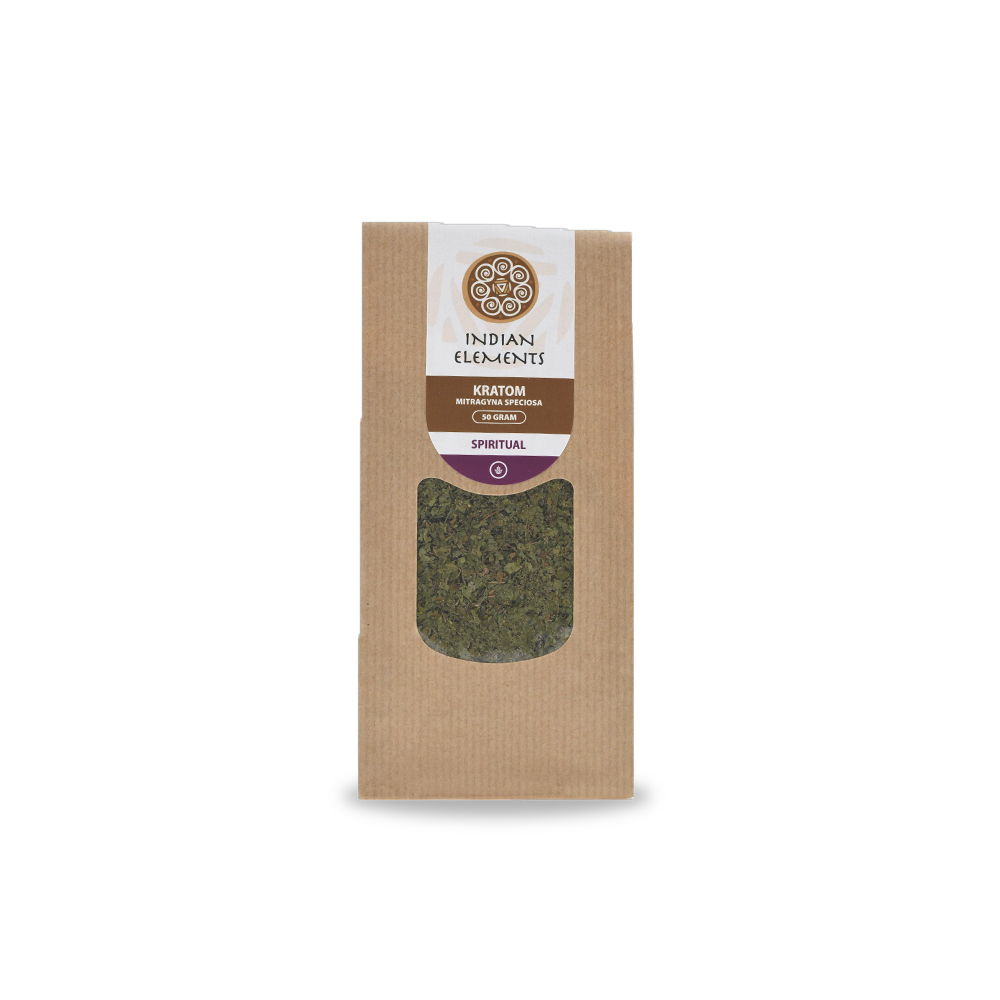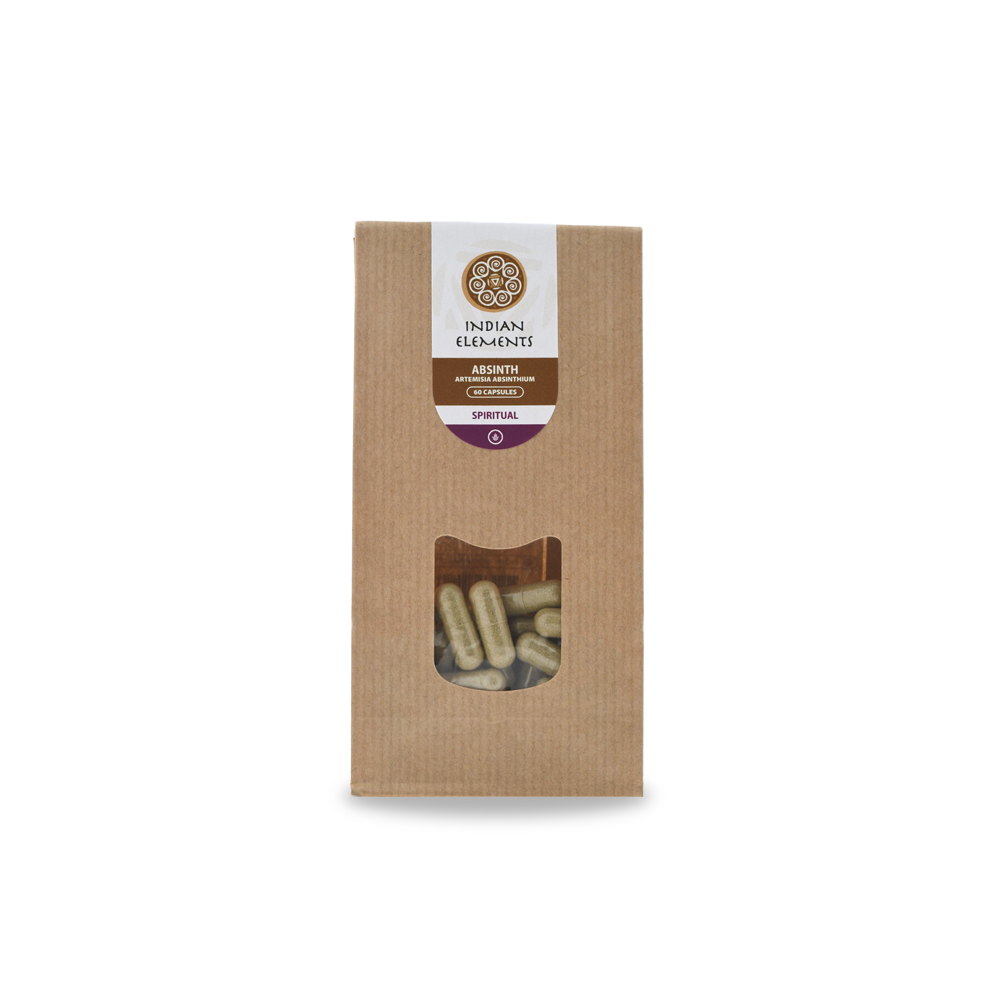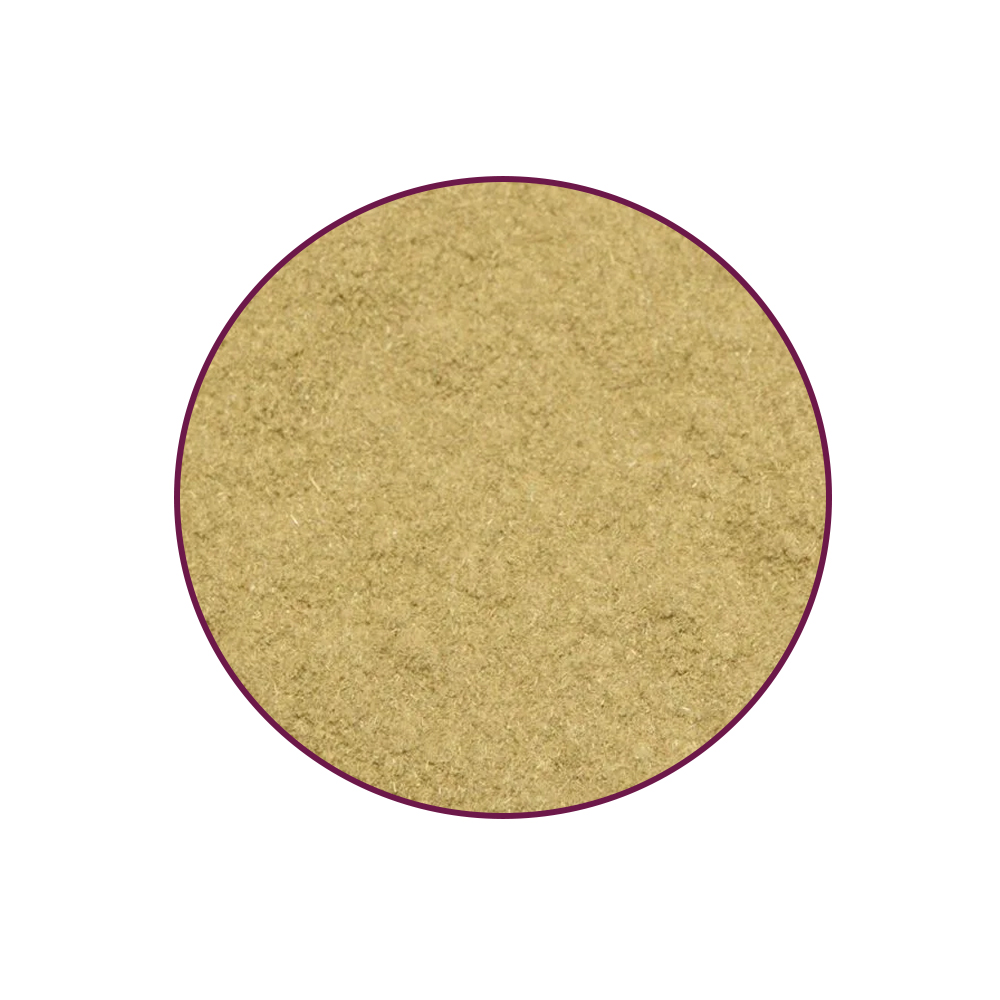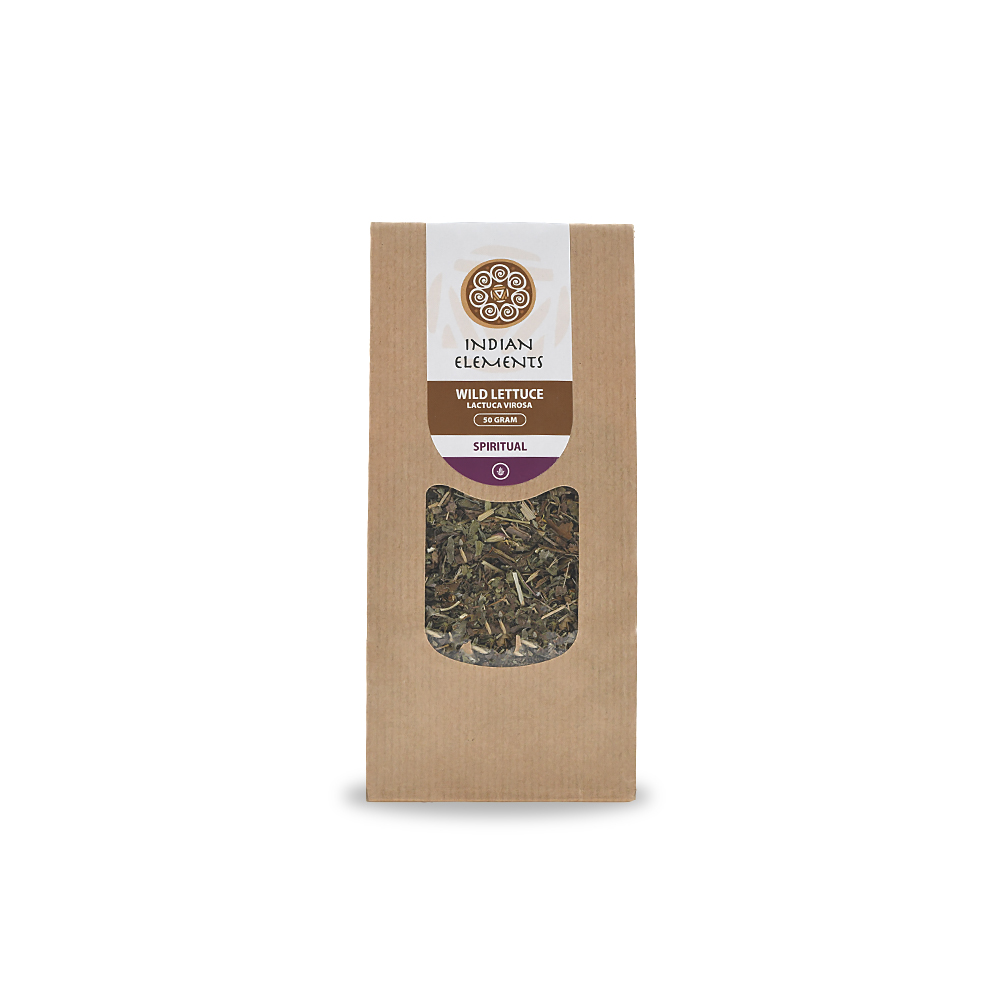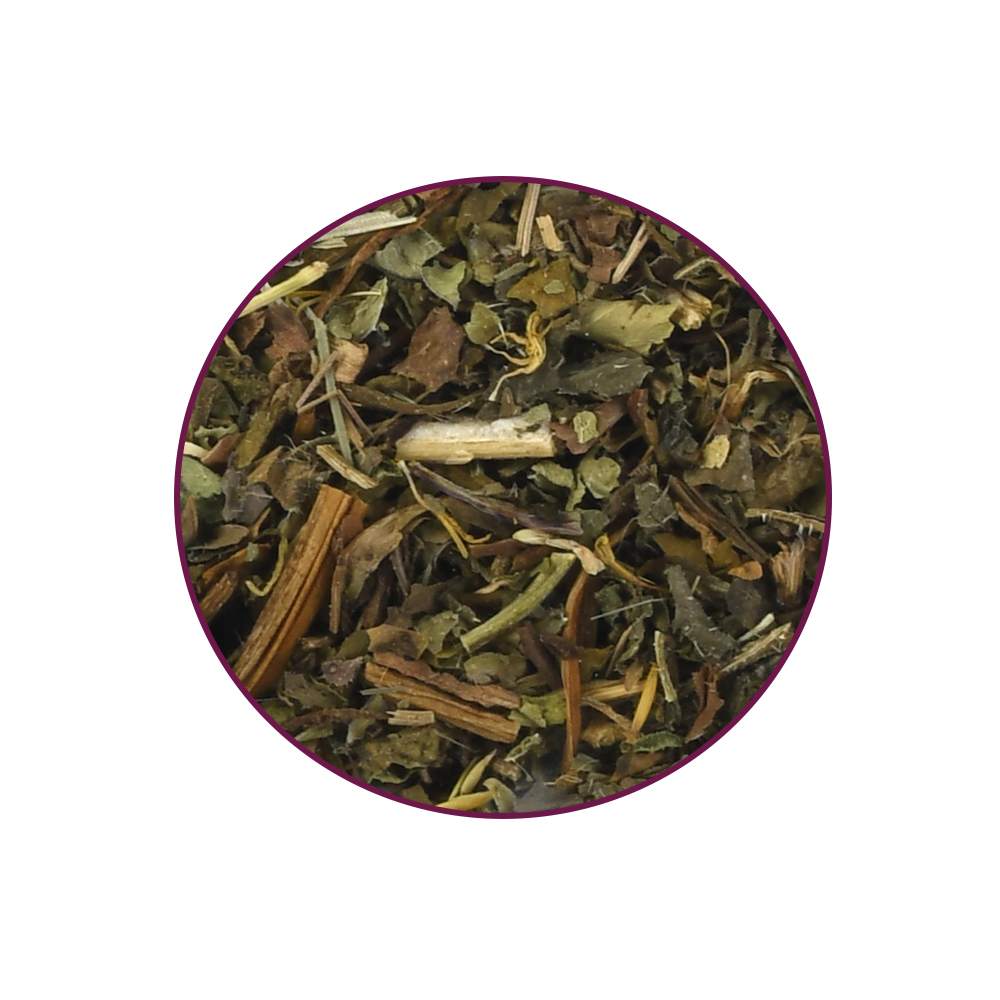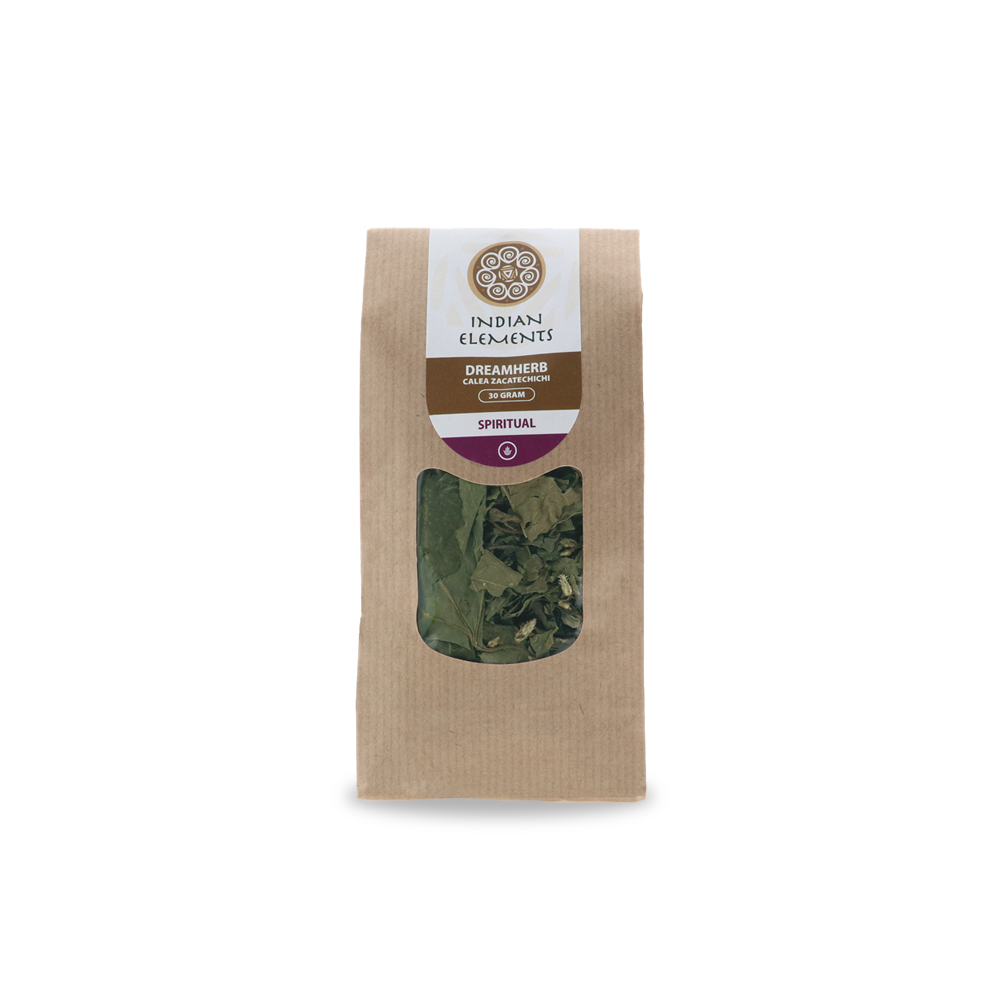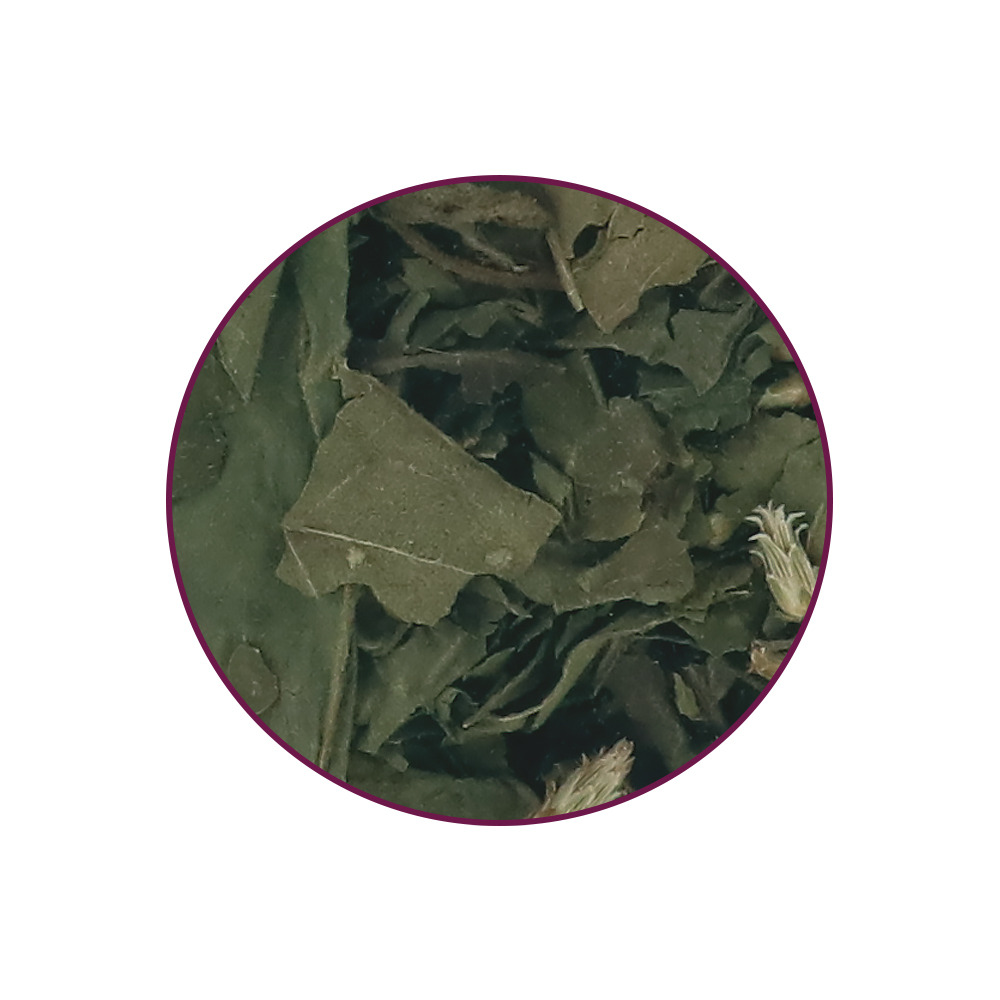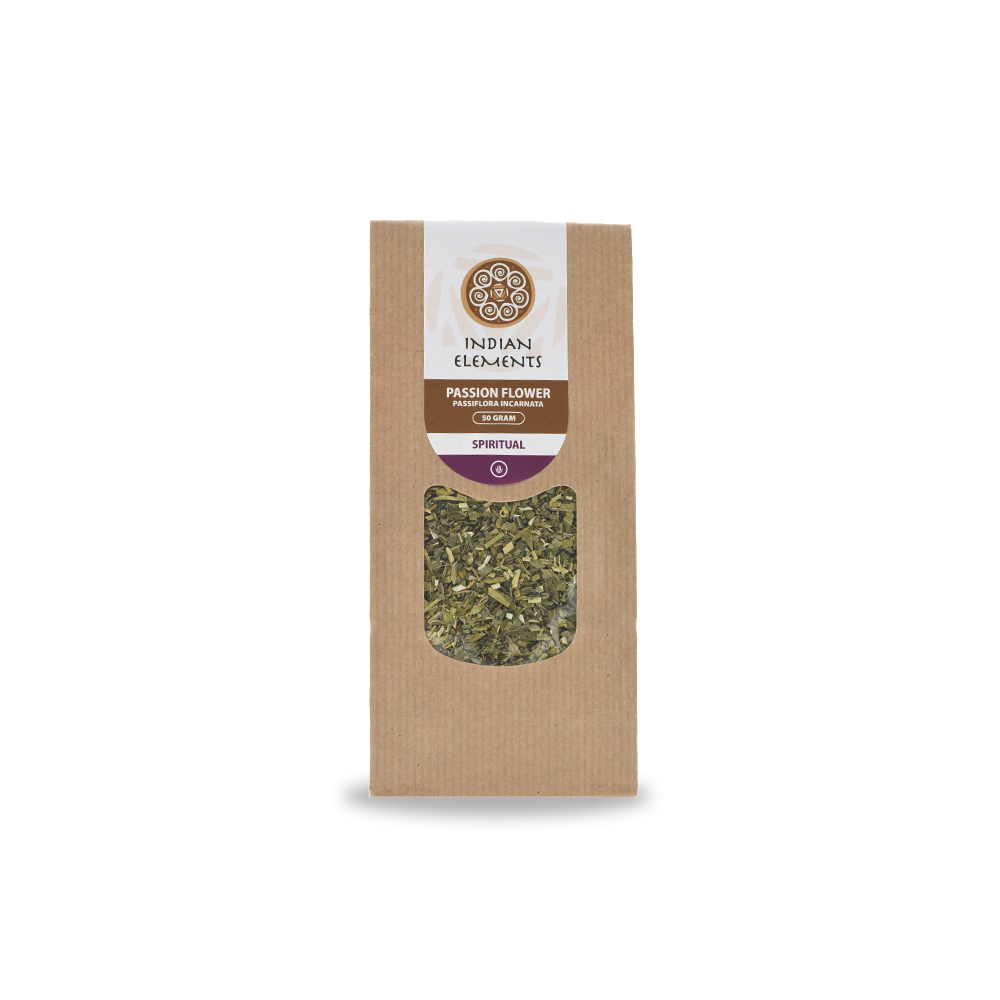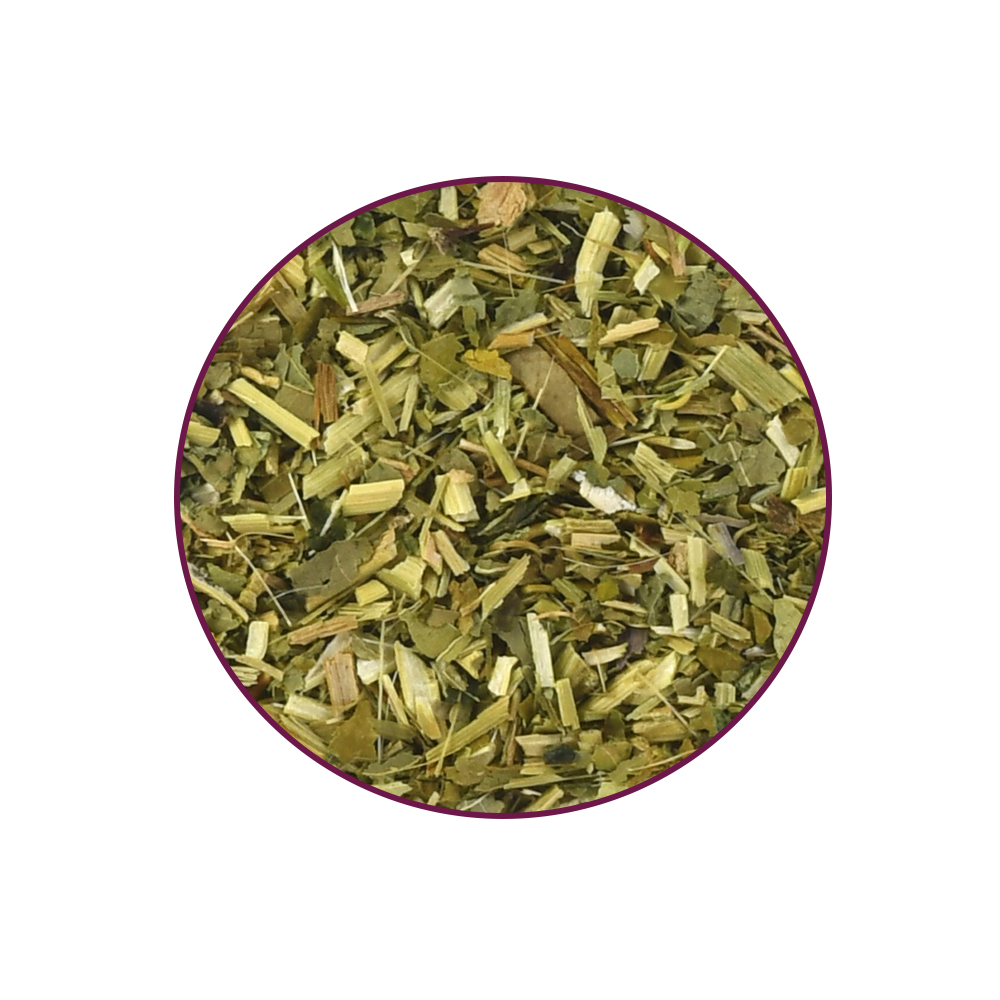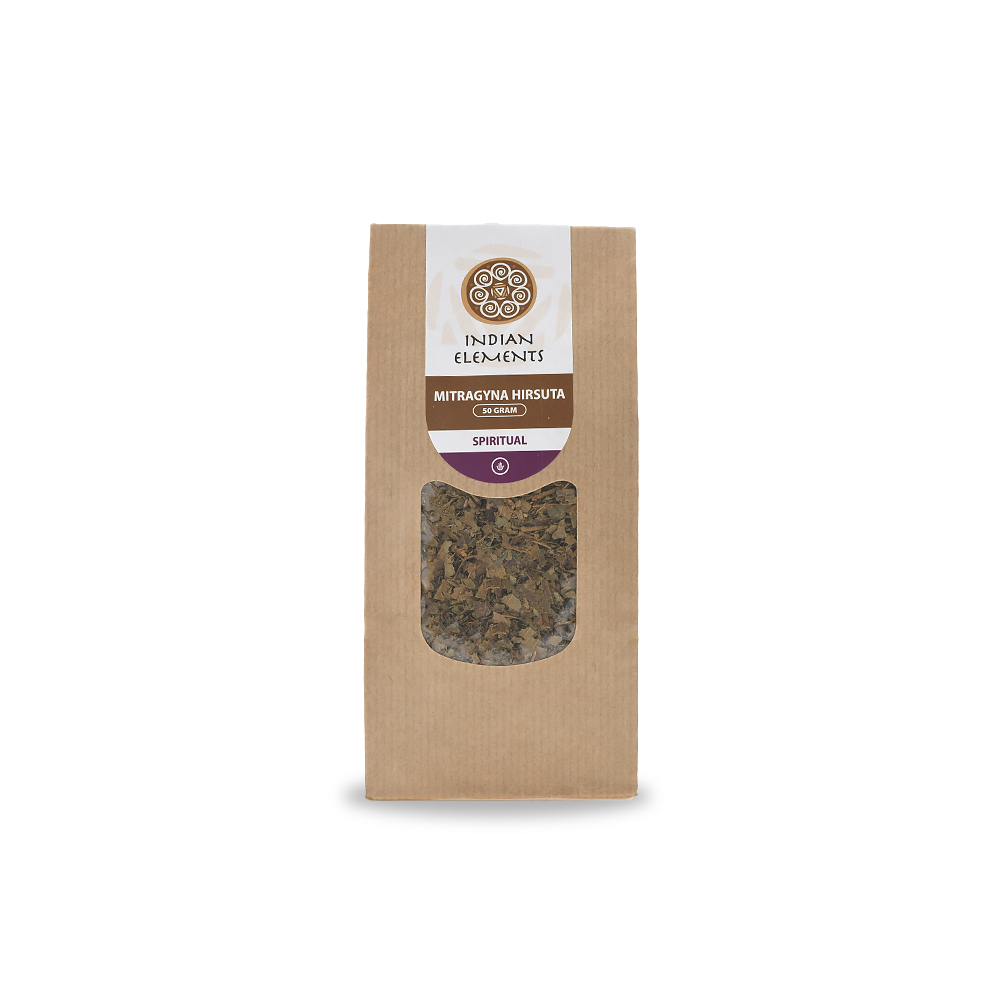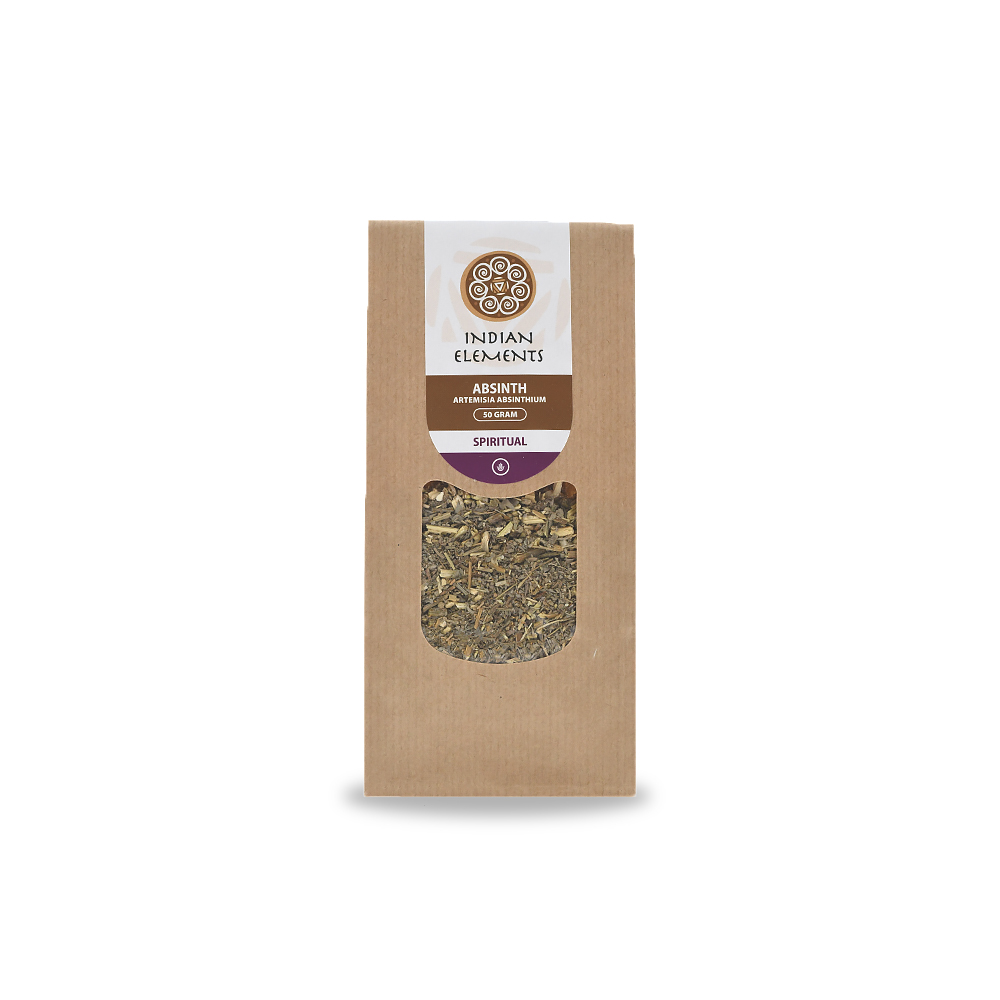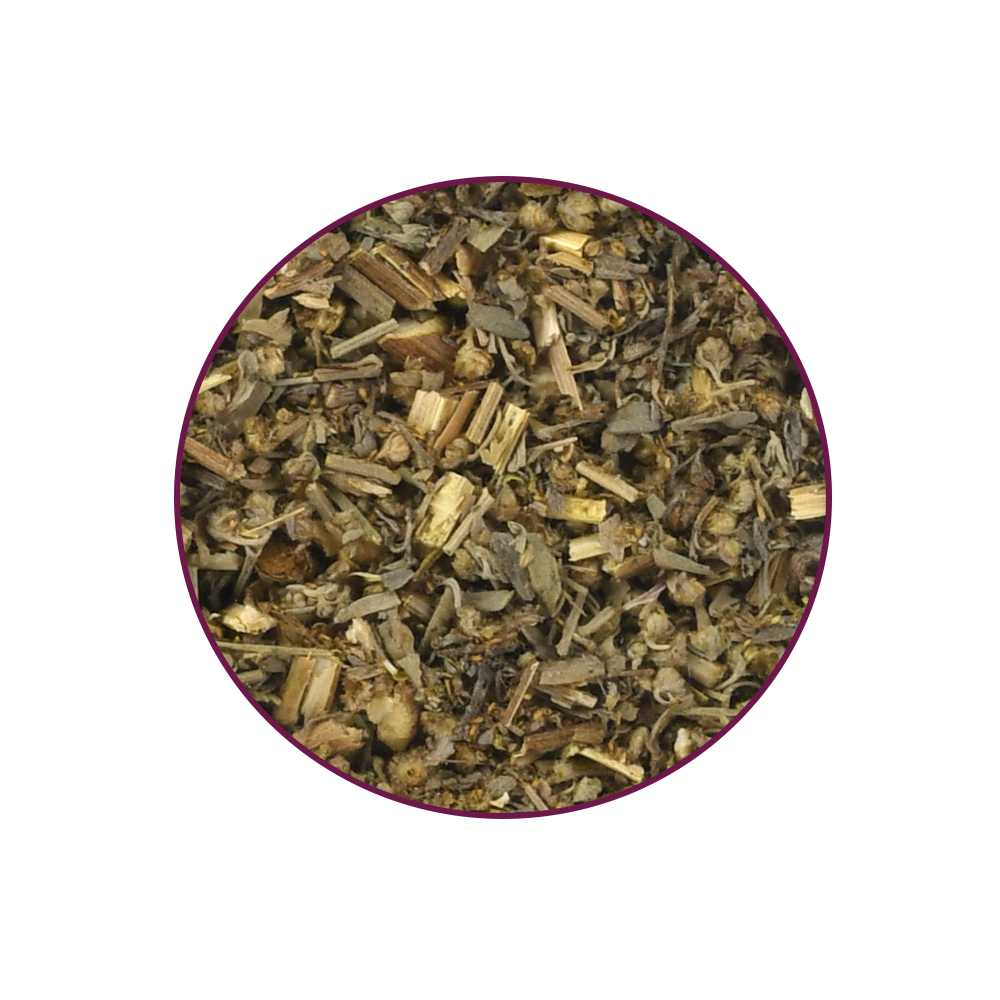What is Catmint?
Our Catmint consists entirely of 100% dried and finely ground Nepeta Cataria, an herb better known as Wild catnip. This plant belongs to the mint family and is closely related to mint. A special property of Catmint is the milky sap, called lactucarium, that it contains. This sap, derived from the stem and leaves, has a long history of use in traditional medicine. Lactucarium is rich in alkaloids such as lactucine and lactuca picrine, which are known for their calming and pain-relieving effects. At normal dosages, Catmint can contribute to a feeling of relaxation and calmness, while higher dosages can stimulate the imagination and have a mild hallucinogenic effect. Due to these unique properties, Catmint is valued as a natural means to promote relaxation, with a wide range of applications.
How do you use Catmint?
Catmint (Nepeta Cataria) comes as 50 grams of finely ground, dried herbs. Although Catmint can be consumed in various ways, we recommend brewing it as tea. Use 1 or 2 teaspoons per cup of hot water, let the tea steep for 5 to 20 minutes, and then strain. The longer you let the tea steep, the stronger the flavour will be. The tea has a pleasant taste, but you can also use a flavouring or sweetener to make the tea sweeter.
For optimal extraction of the active ingredients, it’s important not to let the water boil when pouring it over the herbs. Water of approximately 90°C is ideal: allow boiled water to cool for a minute or two before using it. A well-sealed teapot or mug with a lid helps to retain the volatile compounds during steeping.
What are the ingredients of Catmint?
Nepeta Cataria (50 grams)
What is the recommended dosage of Catmint?
The recommended dosage is 1 gram per day. You can drink 1-2 cups per day, depending on your personal preference and your body’s response. It’s good to start with 1 cup per day and see how you feel.
Where does Catmint come from?
Our Catmint contains Nepeta Cataria. We also know this herb as Wild catnip. The plant was used in ancient times, both for human consumption and in traditional medicine, and belongs to the mint family. It is related to mint (Lamiaceae). The plant grows naturally in Europe, North Africa and parts of Asia. Nowadays, it grows worldwide in temperate climates, including North America, where it has naturalised. Wild Lettuce has long, light green leaves and can grow up to 1.5 metres tall. The leaves contain a milky white sap: Lactucarium.

